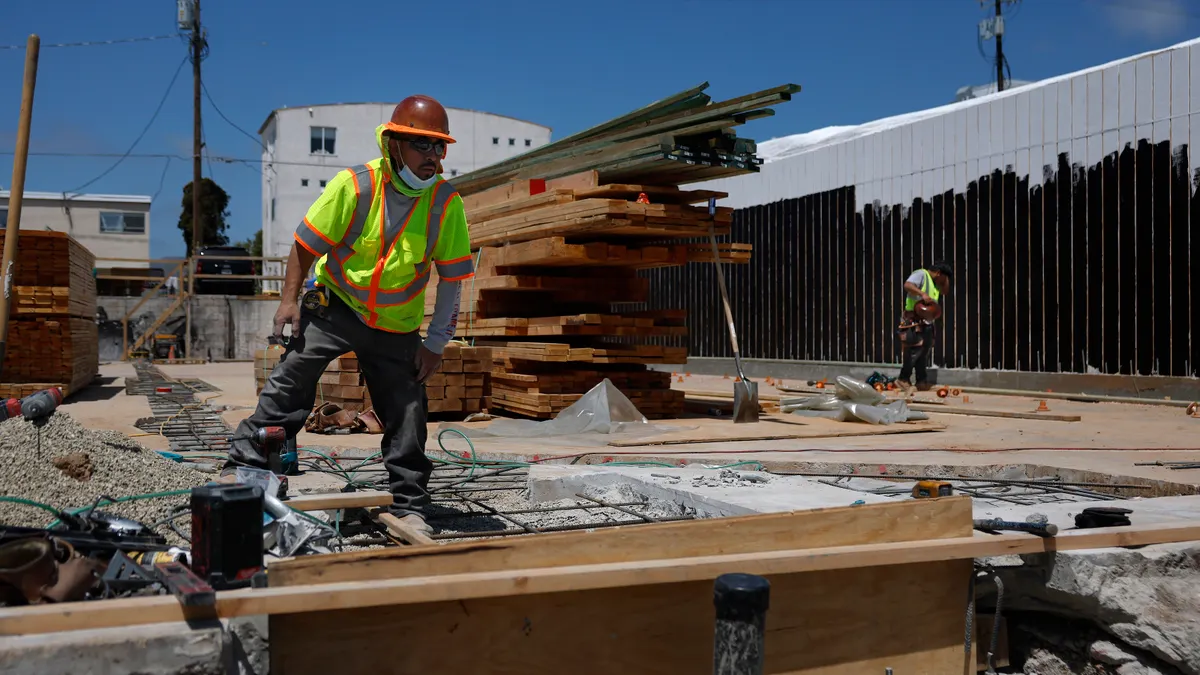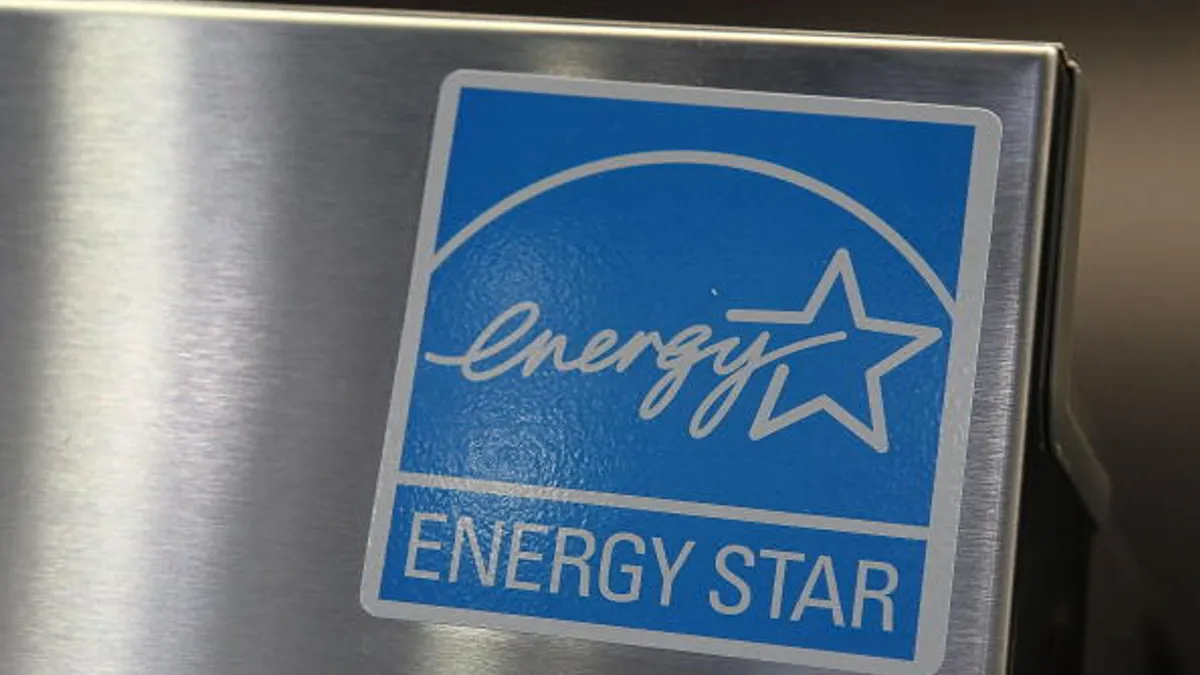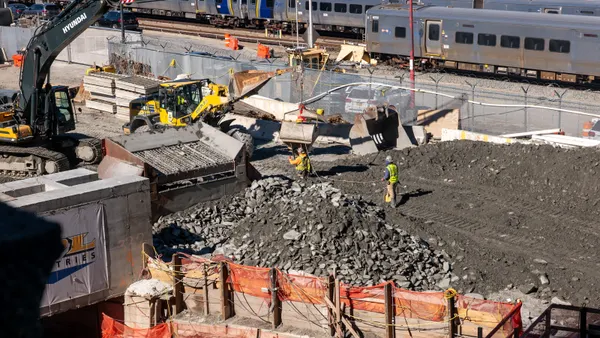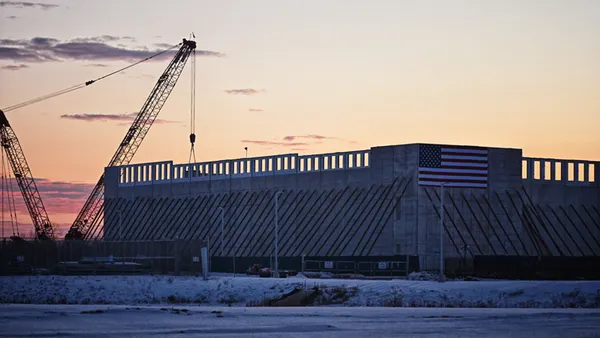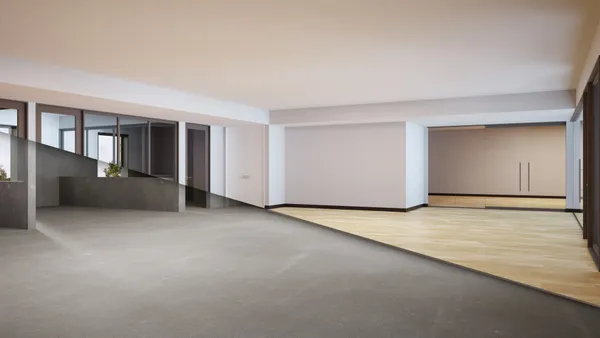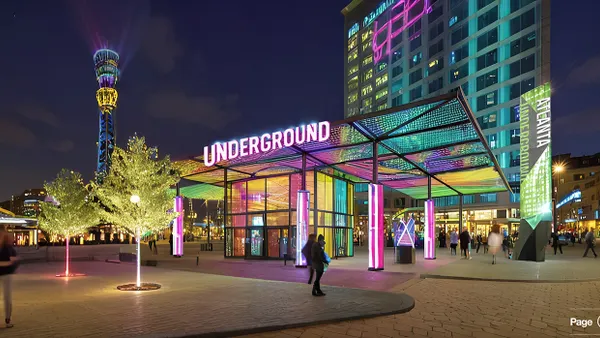Dive Brief:
- Nonresidential construction spending dipped 0.1% in April to a seasonally adjusted annual rate of $1.248 trillion, according to an Associated Builders and Contractors analysis of U.S. Census Bureau data released Monday.
- Spending fell in six of the 16 nonresidential subcategories, with private nonresidential construction down 0.5%, while public nonresidential construction rose 0.5%, according to the report.
- Tariff-related disruptions and persistent financing challenges continue to weigh on project demand, with 22% of contractors reporting project delays or cancellations tied to trade policy, said Anirban Basu, ABC chief economist, in the release.
Dive Insight:
Construction spending’s April decline marked the second consecutive monthly drop as contractors confront deepening uncertainty around tariffs, interest rates and financing conditions.
That drop was most apparent among private construction work, according to an Associated General Contractors of America report.
“A pullback in many types of private nonresidential projects, as well as a sharp drop in homebuilding, contributed to the latest drop in construction spending,” said Ken Simonson, AGC chief economist. “Ever-changing announcements about tariffs on key construction inputs, along with potential retaliatory measures by U.S. trading partners, are making owners hesitant to commit to new projects.”
Private nonresidential investment has now fallen in three of the first four months of 2025 and is on pace for a 4% annual decline, said Basu. In 2024, private nonresidential construction posted about a 2.3% gain for the year.
Data centers and select public infrastructure projects remain the only reliable bright spots, while other segments, notably manufacturing, have begun to cool.
“Construction spending slipped in April as headwinds like trade policy uncertainty, high interest rates and tight lending standards continued to batter industrywide momentum,” said Basu. “Contractors reported tariff-related project delays or cancellations in April, and despite changes to certain import tax rates in May, policy uncertainty remains extraordinarily elevated.”
ABC noted a nearly 10% year-over-year decline in computer and electronic manufacturing construction, a category that had previously been a major source of growth.
On the other hand, public construction continues to prop up the overall spending picture. Public nonresidential spending increased 0.5% in April and remains up 5.6% year over year. Transportation, highway and street projects led growth, while educational spending remained flat, according to the report.
“Unless contractors and investors have greater certainty about what costs and demand to expect, private construction is likely to continue declining,” said AGC CEO Jeffrey Shoaf in a news release. “That will make the U.S. less competitive and damage the prospects for economic growth.”



